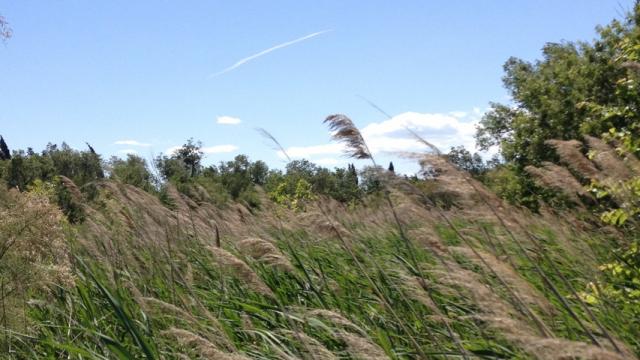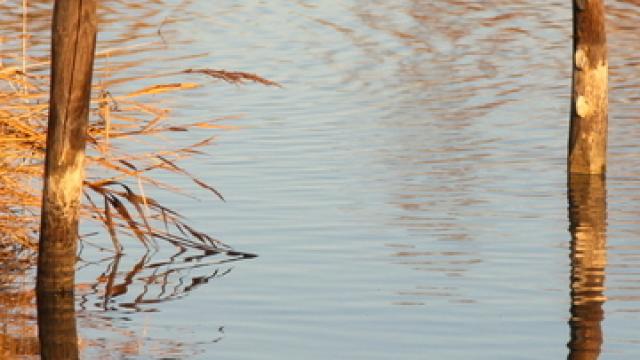Arles is a town of art and history. In addition to the world-famed Rencontres Internationales de la Photo photography festival, attracting thousands of visitors every summer, the town is home to no less than 8 UNESCO World Heritage monuments, including the Amphithéâtre Romanand the Théâtre Antique. Before setting out, take time to stroll around its narrow streets. Then head South via the D570 road. A few kilometres on, wide open spaces await you, alternating marshes, reed beds and cypress trees. White horses gaze inquisitively from the fields… Then come the typical ranches and their bulls raised in semi-liberty. And last but definitely not least, the gracious silhouette of pink flamingos. Stop off at the Parc Ornithologique de Pont de Gau to admire them and discover numerous bird species through birdwatching. Welcome to the Parc Naturel Régional de Camargue!
A fortified church, visible from 10 km around, will guide you to the centre of this fascinating town, a hub of ancient gypsy traditions. Like all of Camargue‘s towns, Saintes-Maries-de-la-Mer floats between sea and marshes, such as the beautiful Etang des Launes. This is the perfect place to sample the local specialities – gardianne de taureau (bull beef stew), rouille de seiche (cuttlefish stew), or a tasty dish of tellines (cockles) – before heading out for an invigorating walk along the sea dyke or enjoying some vibrant live gypsy music. It’s now time to head North on the D85A road along the marshes, then take the D570 road.
A ferocious and fascinating landscape with skies swept by the Mistral wind. After a few kilometres, turn east onto the D37 road and head along the banks of Etang de Vaccarès, a brackish lake set right in the beating heart of Camargue. In winter, the lake is a meeting place for thousands of birds, including ducks, coots, herons and pink flamingos. You’ll soon come to Domaine de Méjanes, sporting the most stunning flora and fauna the Camargue has to offer. All around, a maze of canals irrigate rice fields stretching as far as the eye can see. As you approach the Rhône river, head off onto the D36 road towards Salin-de-Giraud.
This village located in the far south of the Camargue is definitely worth going out of your way for. Its little pink brick houses and allotments stand witness to the town’s fascinating history. In years gone by, Salin-de-Giraud was home to many workers employed by the salt industry. At the time, the salt was mainly used to produce sodium chloride, a vital ingredient in traditional Savon de Marseille soap. The salt marsh, located at the village exit, still produces around a million metric tons of salt per year. Continue on the D36D road, also nicknamed the Route de la Mer, to Plage de Piémanson beach and its stunning, 25-kilometre tongue of sand. In Salin-de-Giraud, take time to stroll on the wild and astonishing Plage de Beauduc beach.
The last stage of your road trip in the Camargue is… on water! Make your way back towards Salin-de-Giraud until you come to the Bac de Barcarin, at the end of the D36 road. A local institution, this ferryboat allows passengers and vehicles to reach the opposite bank of the Rhône in just a few minutes. Next, it’s time to head back to Arles, your departure point, via the D35 road. On the way, stop off at the Réserve Naturelle des Marais du Vigueirat at Mas-Thibert to immerse yourself in Camargue’s natural beauty. Night is falling… but the atmosphere and landscapes of this wild and untamed land will remain etched in your mind forever.








